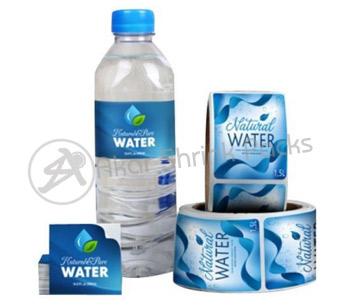- Home
- About Us
- Products
- PVC Labels
- BOPP Labels
- Cast PVC Labels
- PET Shrink Labels
- POF Shrink
- Sticker Label
- Heat Sealable BOPP
- PVC Heat Shrink Sleeves
- PVC Shrink Films
- Inhaler Labels
- PVC Shrink Labels
- PVC Shrink Rolls
- Edible Oil Sleeves
- Cosmetic Product Packaging
- Pesticides Bottles Packing
- Drinking Water Bottle Labels
- Herbal Products Packing
- Chawanprash & Chocolate Drinks Labels
- PVC Shrink Sleeves For BOPP Tapes
- Pearl BOPP Labels
- Transparent BOPP Labels
- Heat Sealable Transparent BOPP
- Product Gallery
- Locations We Serve
- Contact Us
- Enquiry




